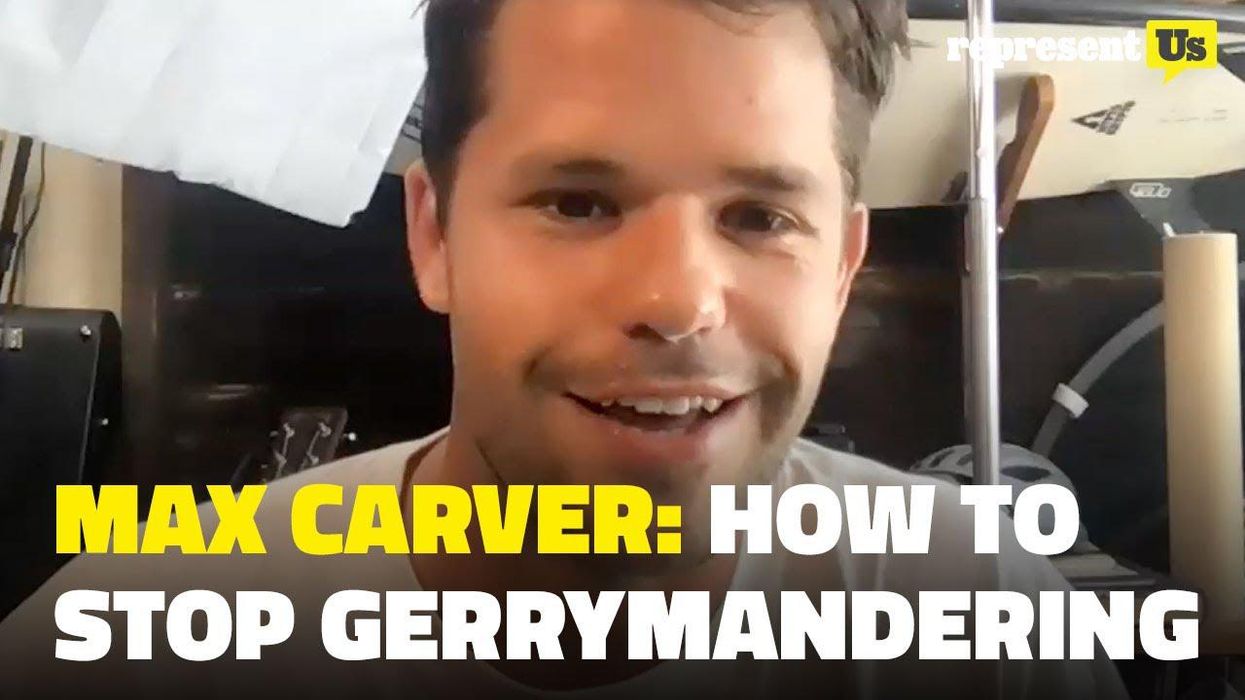After the official release of the 2020 census data, Max Carver for RepresentUs explains why it's critical that we understand how partisan gerrymandering disempowers voters — and more importantly, how we can end it before it's too late.
Video: How to Stop Gerrymandering 2021
Max Carver Interview: How to Stop Gerrymandering 2021 | RepresentUs





















